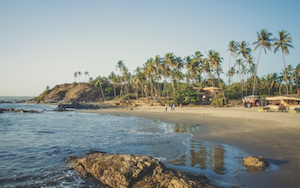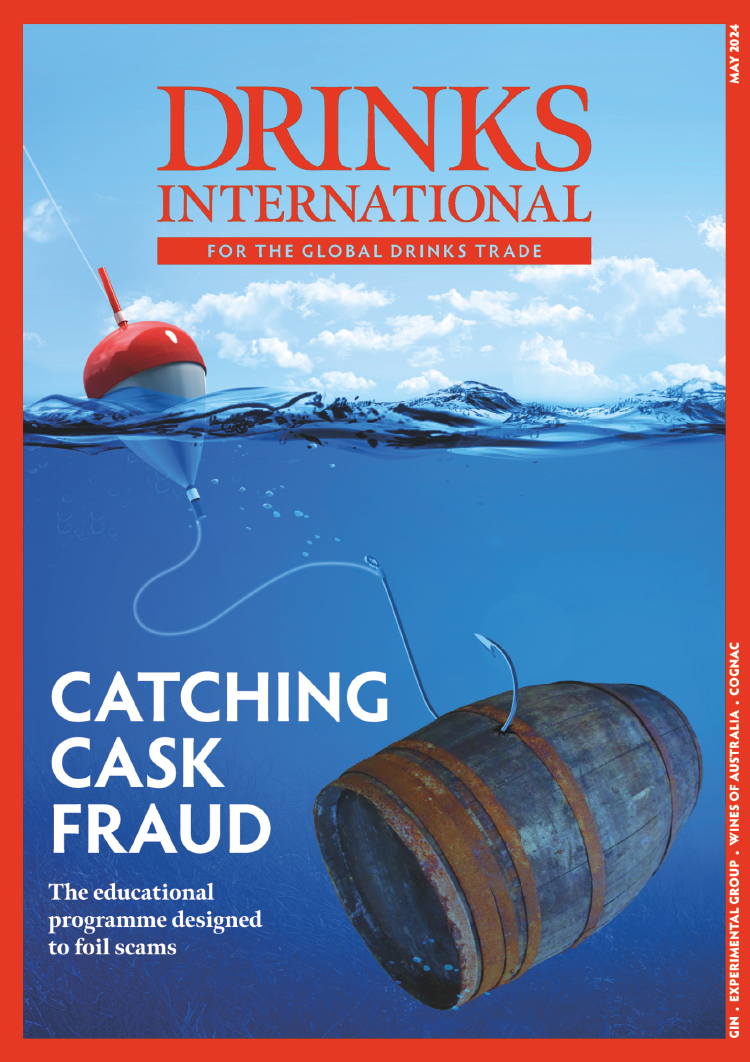It’s early evening and darkness is rapidly spreading over Bangalore. It’s rush hour – or, more accurately, rushier hour given that it’s always a rush in Bangalore - and tuk-tuks battle bikes and motorbikes in the half light.
I’ve been invited by my host at Amrut to witness after-work ‘happy hour’ at first hand. But it’s anything but. I had expected a hotel bar or pub of some description. What I get is a soulless room with a tiled floor and shelving around all four walls. There are no tables or chairs. It smells faintly musty and of stale urine. It reminds me of the waiting rooms that British Rail used to have in the ’70s in places such as Derby and Stoke.
“Watch this,” shouts my host as a shabby-looking man arrives at the counter of the adjoining bottle shop. He buys a small bottle of whisky – 20cl perhaps – then enters our room, pours the whisky into a plastic cup, drinks it in one swallow and exits again.
Meanwhile my host is beside himself with glee and excitement, almost hoping from leg to leg as he points and shouts: “See, that’s how these Indians drink whisky. Look! Another one!”
It is pitiful. Each man entering goes through exactly the same procedure. They must have heard my host, must have known they were being mocked, but none of them looked up. I am embarrassed and can’t leave quickly enough – for all sorts of reasons.
Here, though, was as good a metaphor for Indian whisky as any. A clash between castes and classes, between haves and have nots, and between the high-end of Indian whisky, which prime Indian producer Amrut represents, and the cheap soulless whisky reality for much of the vast Indian population.
Indian whisky is in a category all its own. And if that sounds like stating the blindingly obvious, then the reason is not because it’s Indian. It’s because to understand it we have to treat it differently to whisky from any other part of the world.
Let me explain. If this were a feature about scotch whisky, you’d expect it to be about whisky from Scotland, rather than whisky in it, wouldn’t you? In fact you’d find it downright odd if the heading said ‘scotch whisky’ and the content was all about bourbon sales in Glasgow. The same is true for every other country’s whisky.
But not India’s. And that’s because Indian whisky is a curio, the North Korea of whisky, existing in independence and isolation in an interactive world, a colossus within its own borders but cut off by an iron curtain of tariffs and taxes. Meanwhile, the rest of the world shuns it, arguing that much of the country’s spirit shouldn’t even be classed as whisky at all. For this reason Indian whisky is unique, and the ‘happy hour’ experience brings it into sharp focus.




